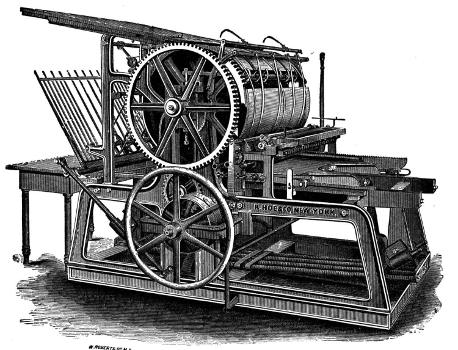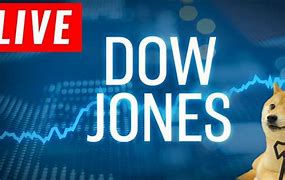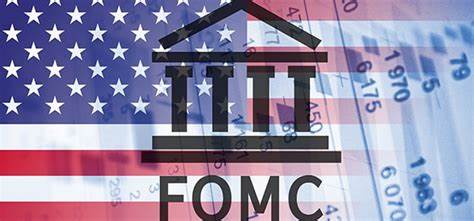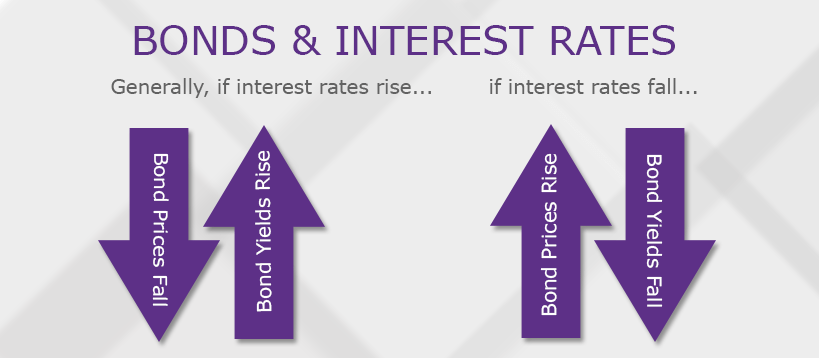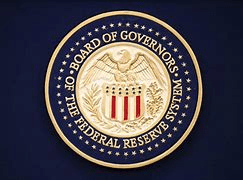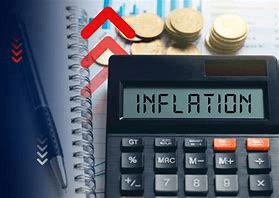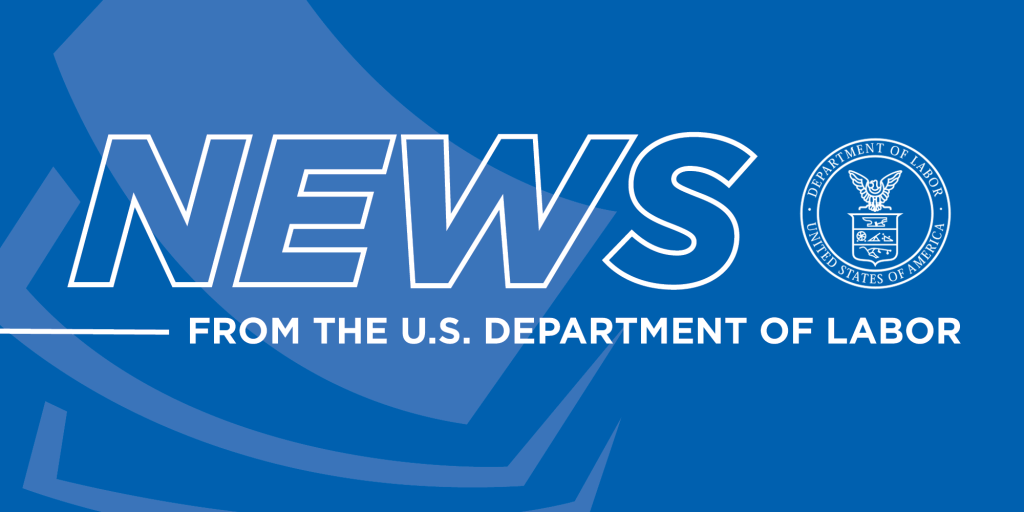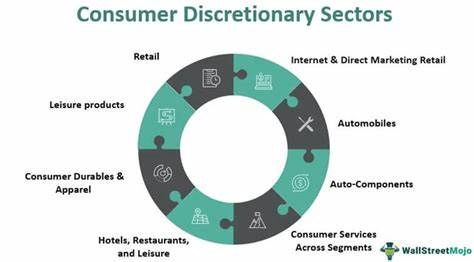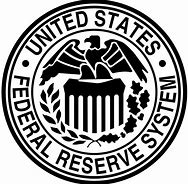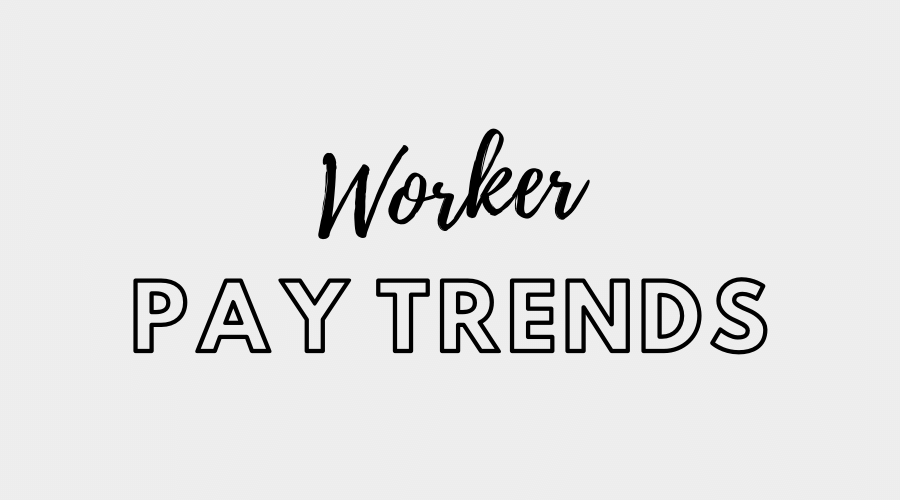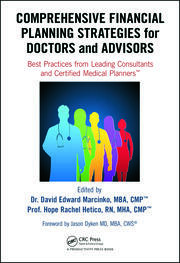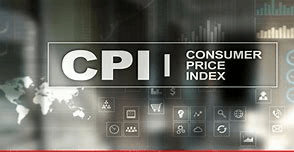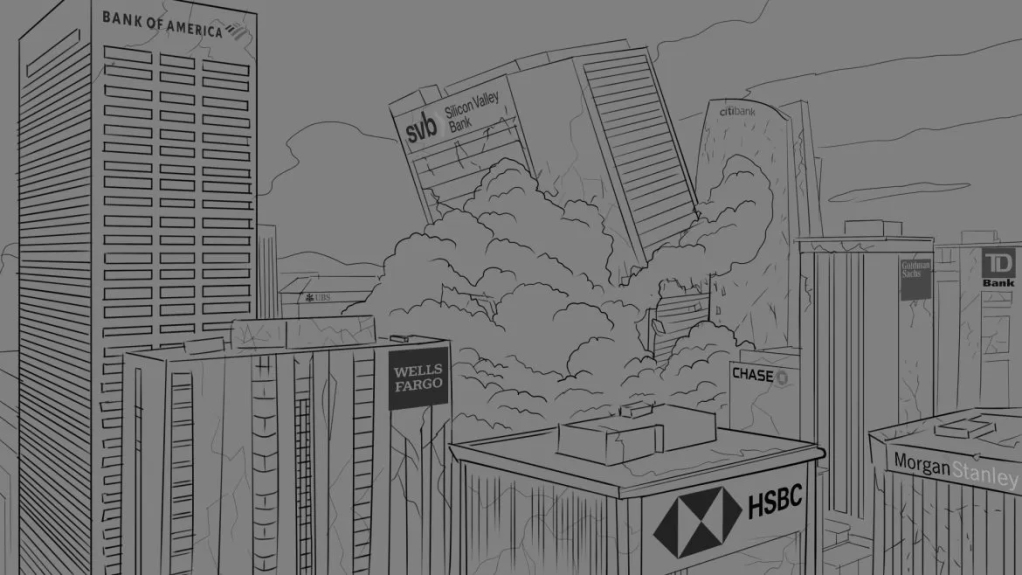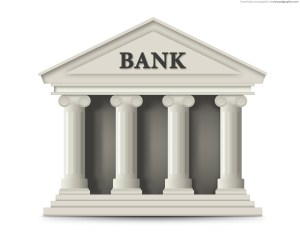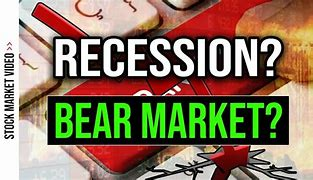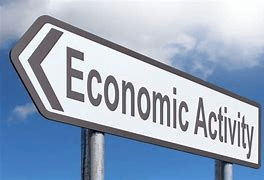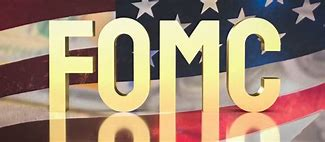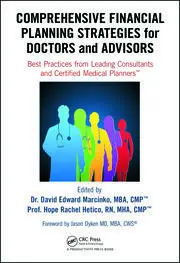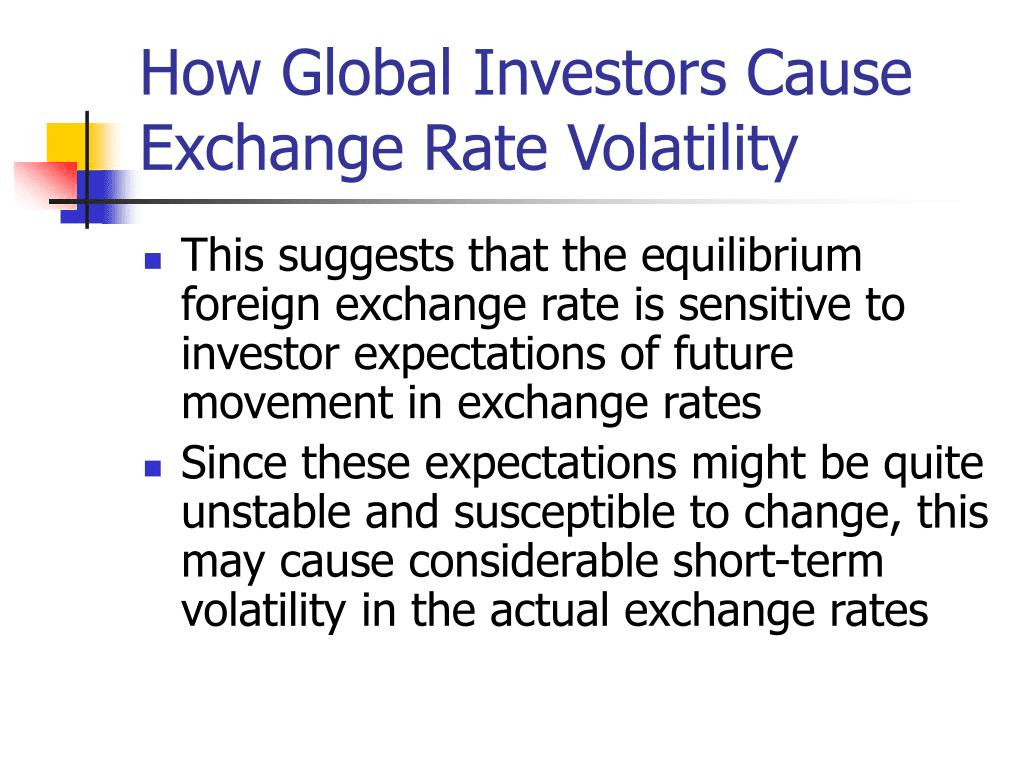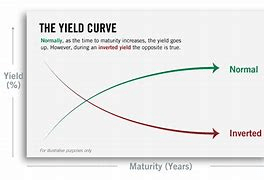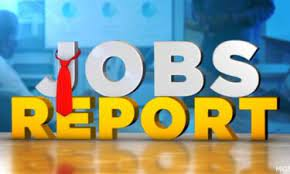MEDICAL EXECUTIVE-POST – TODAY’S NEWSLETTER BRIEFING
***
Essays, Opinions and Curated News in Health Economics, Investing, Business, Management and Financial Planning for Physician Entrepreneurs and their Savvy Advisors and Consultants
“Serving Almost One Million Doctors, Financial Advisors and Medical Management Consultants Daily“
A Partner of the Institute of Medical Business Advisors , Inc.
http://www.MedicalBusinessAdvisors.com
SPONSORED BY: Marcinko & Associates, Inc.
***
http://www.MarcinkoAssociates.com
| Daily Update Provided By Staff Reporters Since 2007. How May We Serve You? |
| © Copyright Institute of Medical Business Advisors, Inc. All rights reserved. 2024 |
REFER A COLLEAGUE: MarcinkoAdvisors@msn.com
SPONSORSHIPS AVAILABLE: https://medicalexecutivepost.com/sponsors/
ADVERTISE ON THE ME-P: https://tinyurl.com/ytb5955z
***
Young adults are delaying life insurance purchases due to financial constraints and a preference for spending on immediate experiences. The insurance industry is responding with digital-first strategies and more flexible products.
CITE: https://www.r2library.com/Resource
The DJIA closed above 40,000 for the first time after briefly crossing the milestone the day before and clinching its fifth winning week. Reddit shot up after announcing a partnership with OpenAI that lets the AI train on your posts and gives Reddit advertising dollars and the ability to use the tech to make new tools.
But, GameStop stock plunged after the recently reinvigorated meme stock filed to sell 45 million new shares and revealed that sales were down last quarter.
CITE: https://tinyurl.com/2h47urt5
Jerome Powell, chair of the Federal Reserve has tested positive for Covid. But the economy needn’t worry because he’s working from home.
CITE: https://tinyurl.com/tj8smmes
COMMENTS APPRECIATED
PLEASE SUBSCRIBE: MarcinkoAdvisors@msns.com
Thank You
***
***
***
***
EDUCATIONAL TEXTBOOKS: https://tinyurl.com/4zdxuuwf
***
Filed under: "Ask-an-Advisor", Breaking News, Experts Invited, Financial Planning, Health Economics, Health Insurance, Health Law & Policy, Healthcare Finance, iMBA, Inc., Information Technology, Insurance Matters, Investing, Marcinko Associates, Recommended Books, Sponsors, Touring with Marcinko | Tagged: AI, ARK invest, Cathie Wood, CBOE, coinbase, covid, DJIA, Federal Reserve, FOMC, Jerome Powell, Marcinko, NASDAQ, Op[enAI, Palantir, Reddit, S&P 500, textbooks, VIX | Leave a comment »












